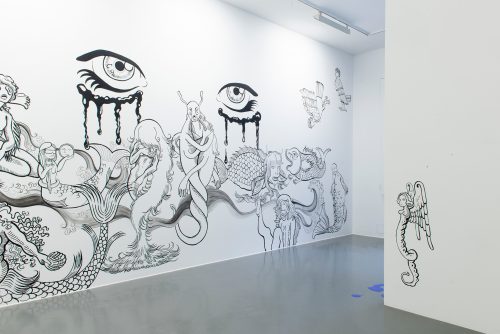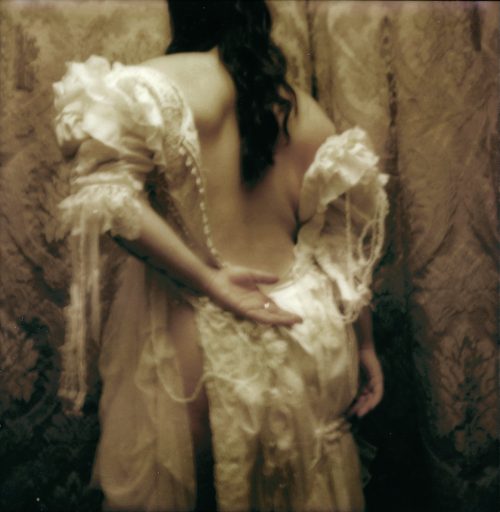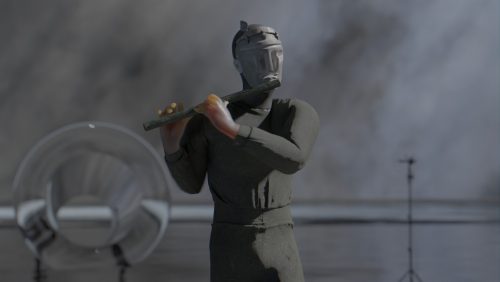
FUGA collective
Pipeline Dreams
Project Info
- 💙 FaVU Gallery
- 💚 Karolína Voleská
- 🖤 FUGA collective
- 💜 Karolína Voleská
- 💛 Polina Davydenko
Share on
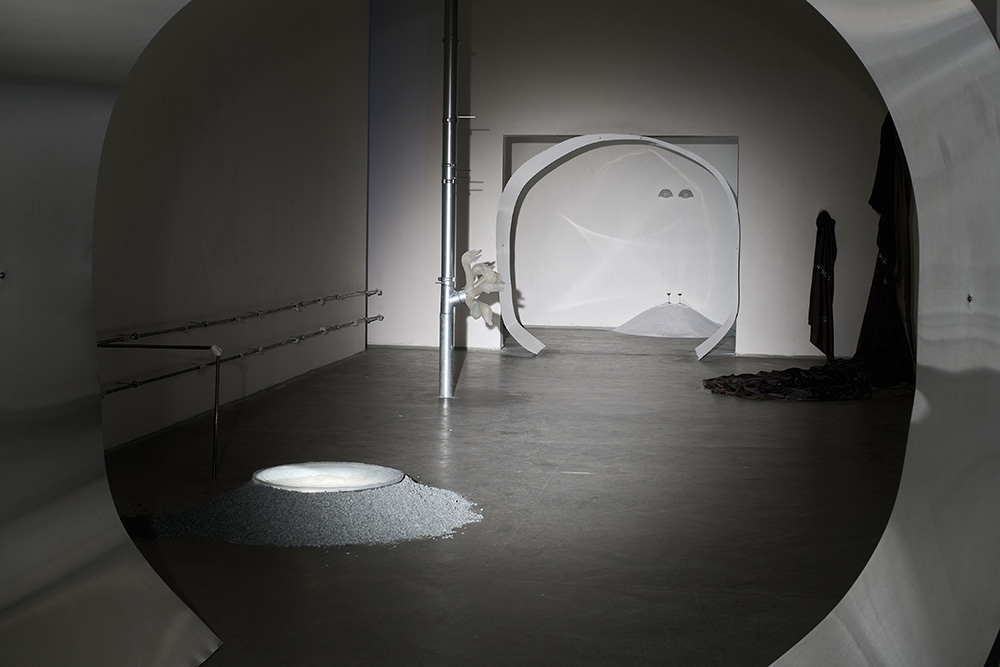
Advertisement
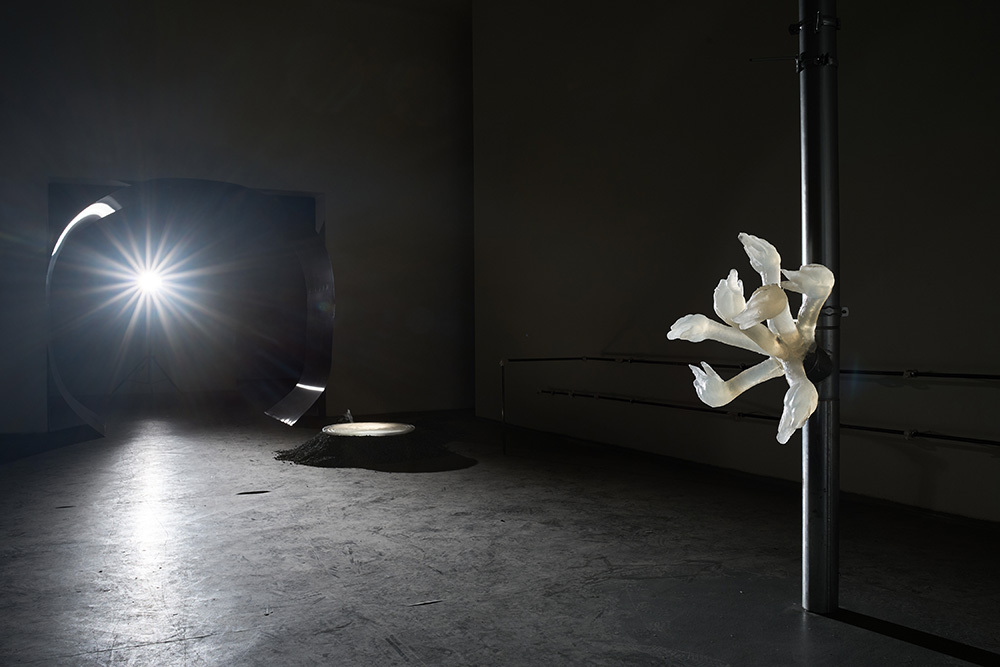
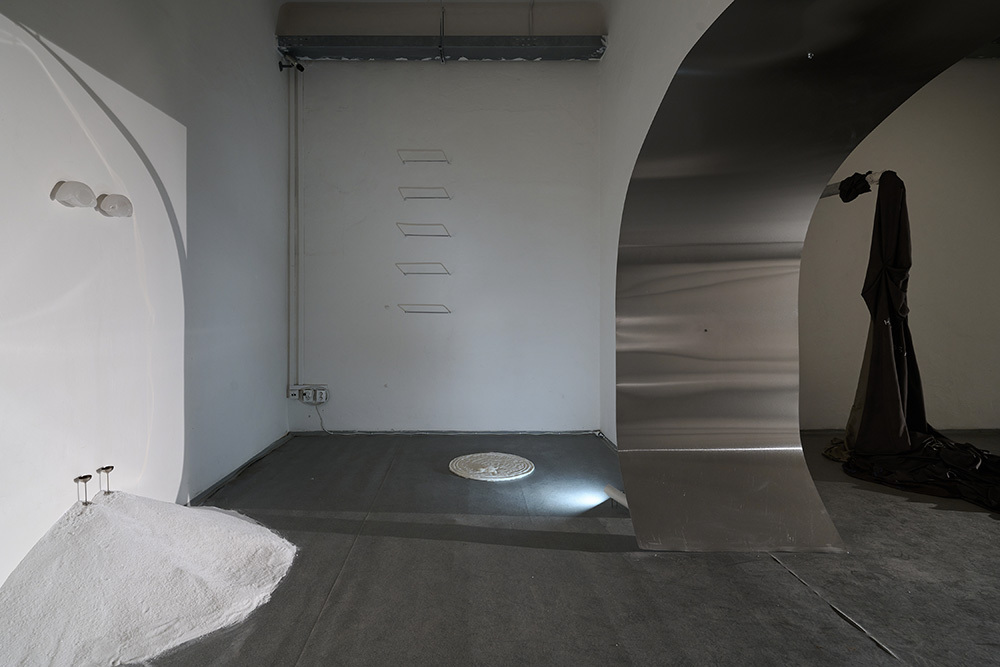
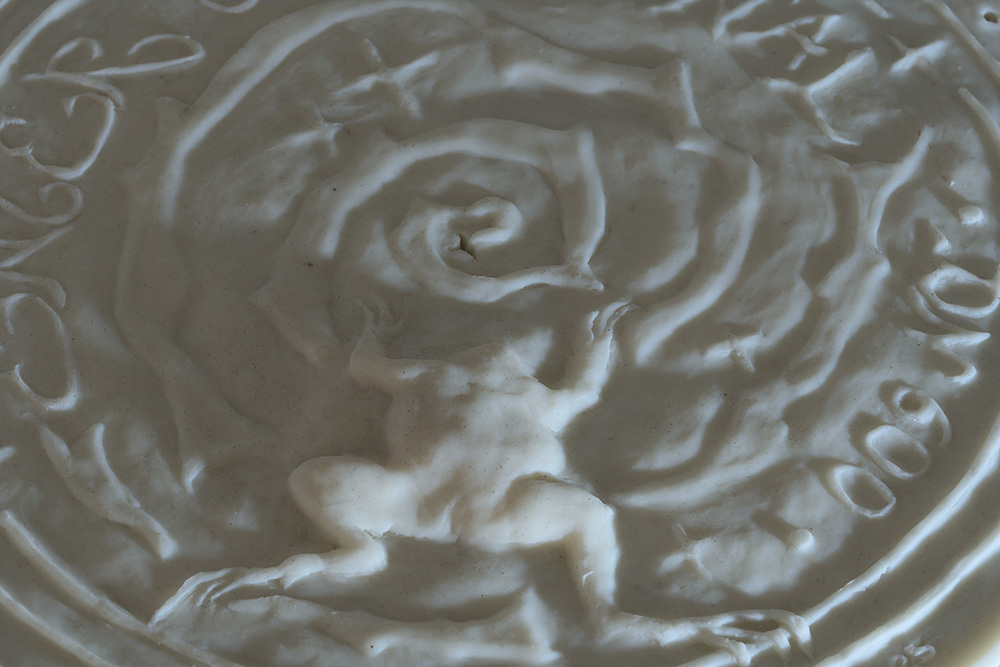
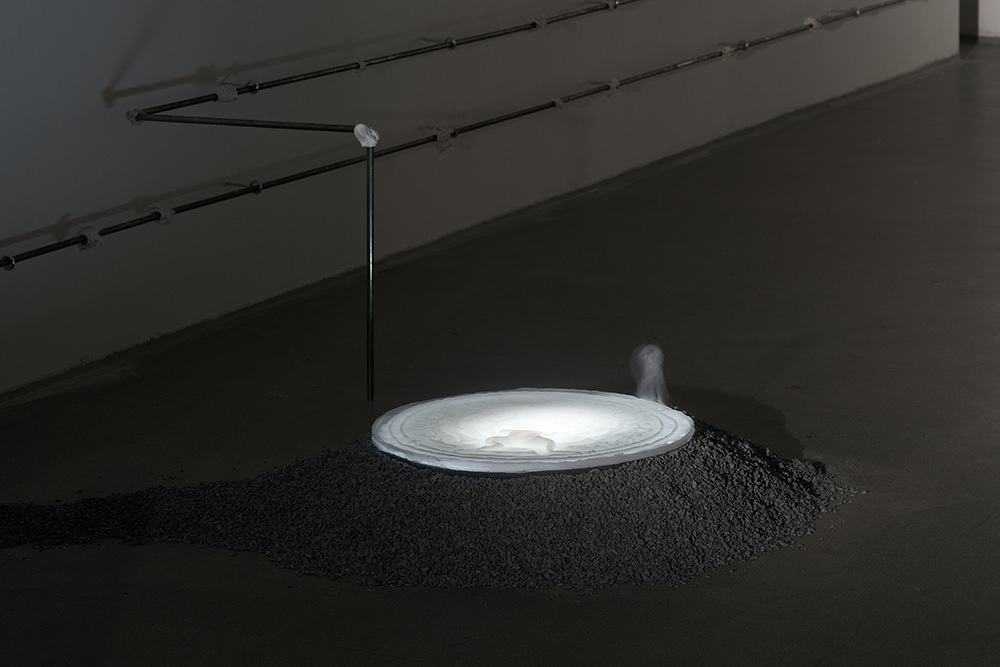
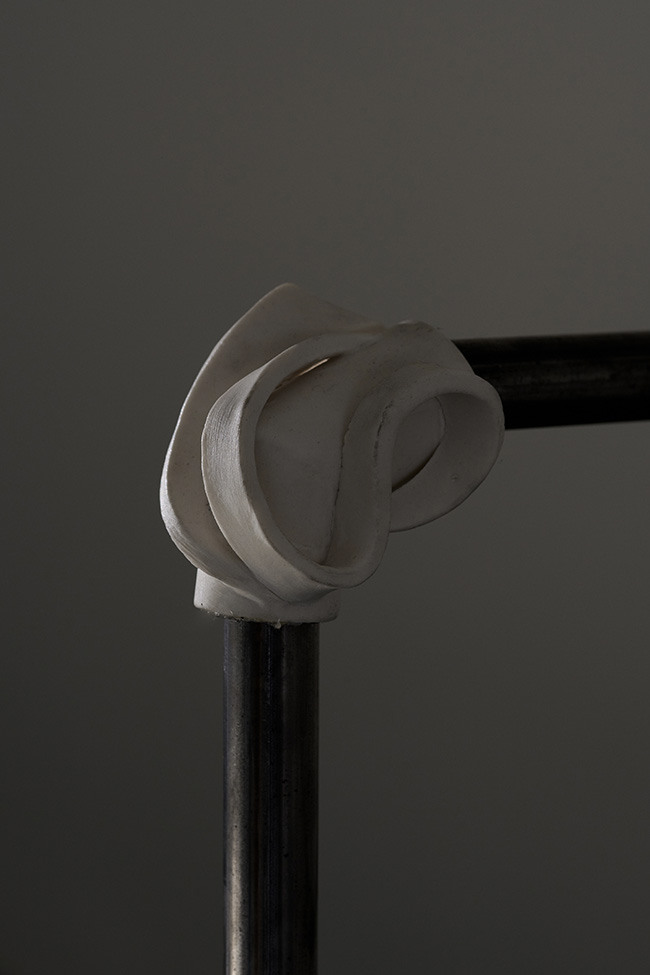
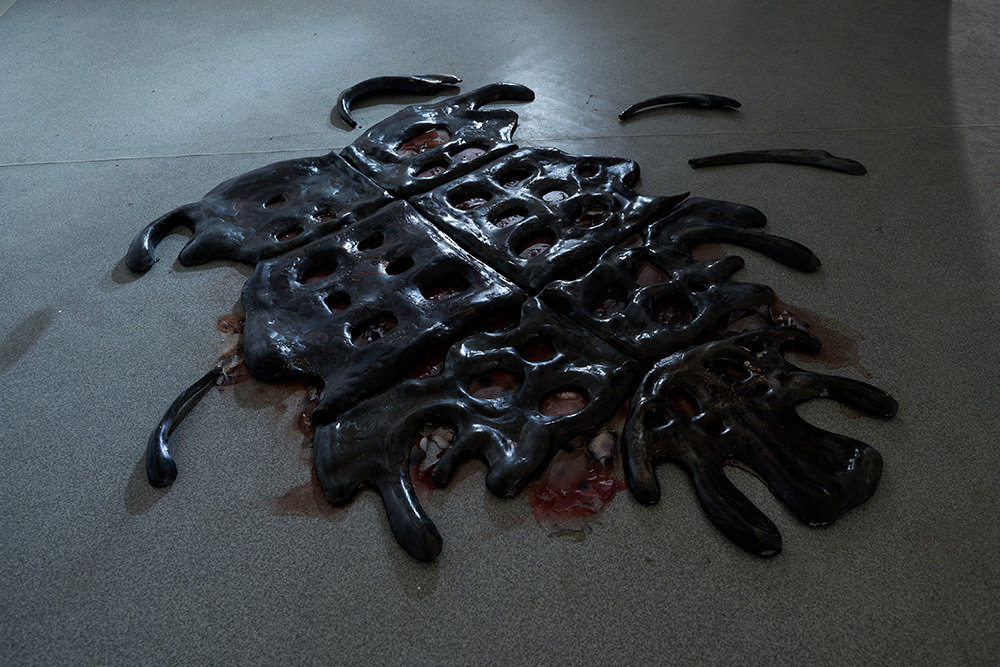
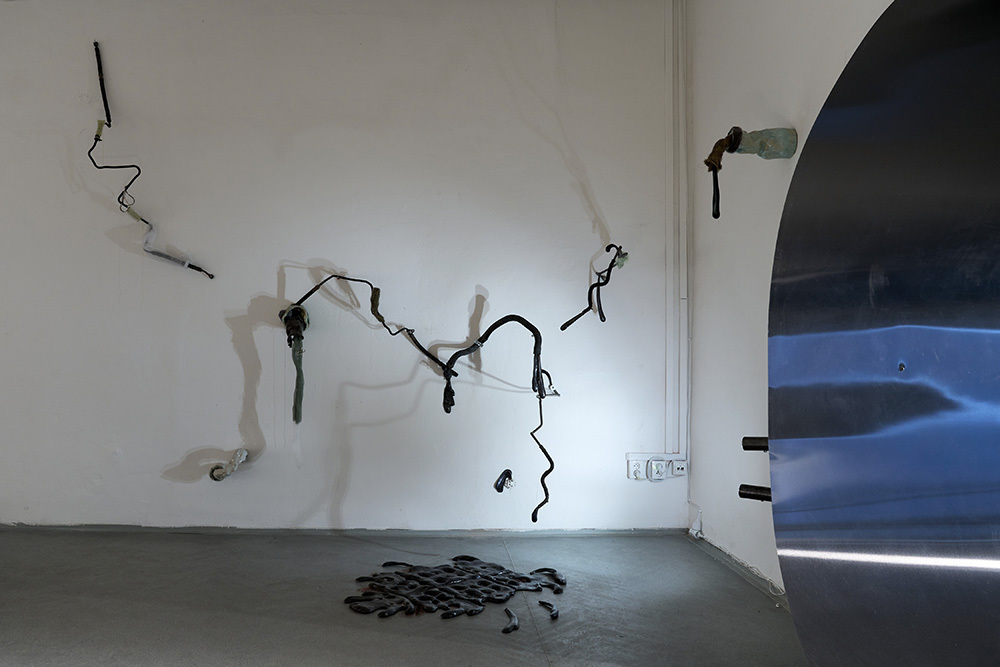
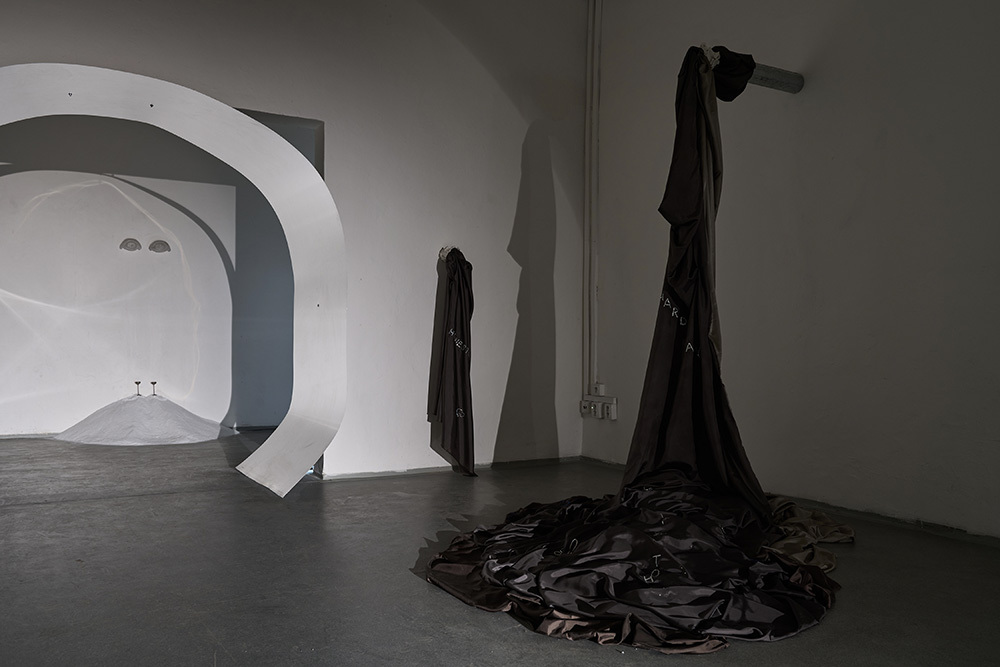
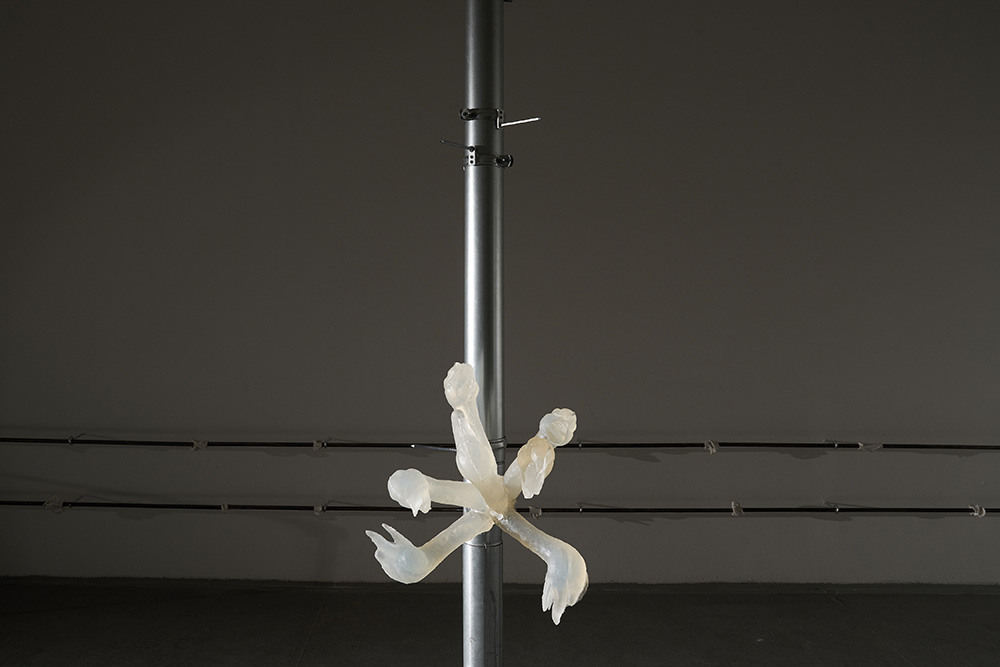
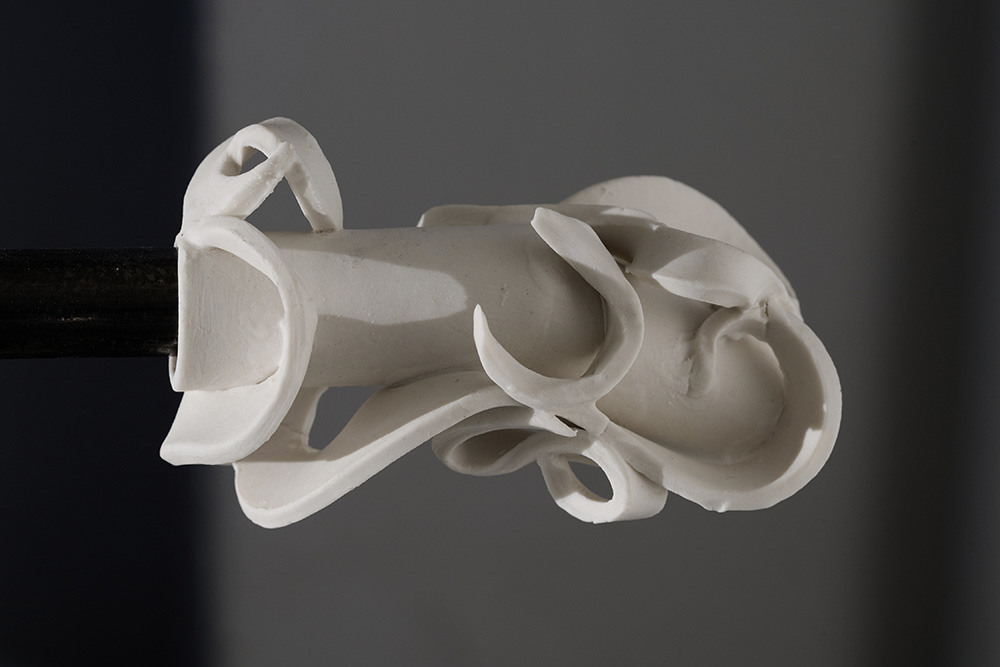
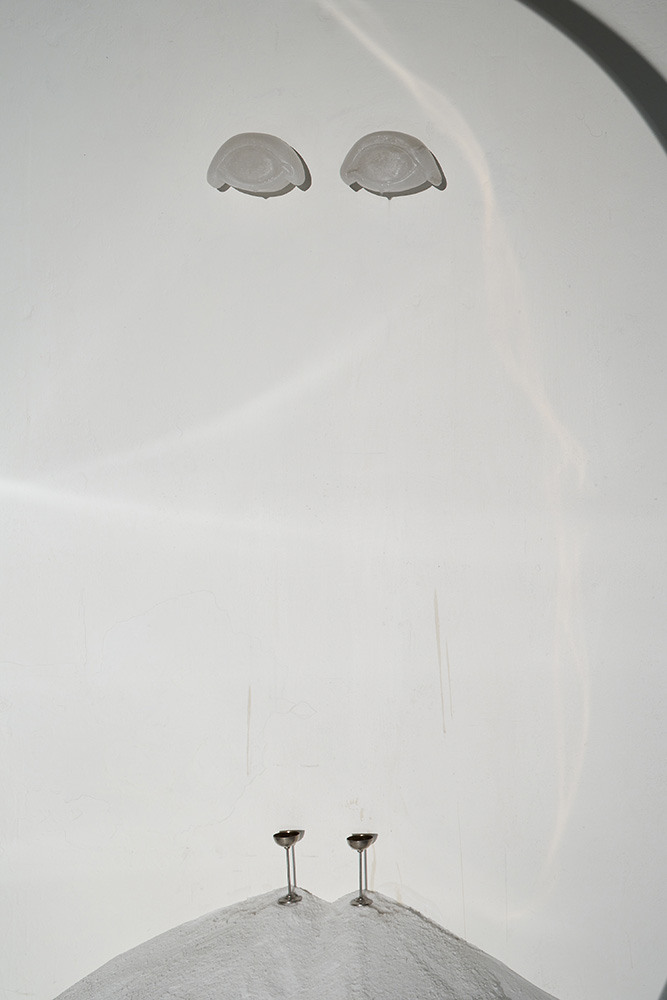
We Had a Dream About a Water Pipeline. If we compare the structure of a city to psychic contents, then its underground infrastructure is its unconscious. A channel that remains hidden from us becomes a metaphor for a communication channel, interacting through ciphers and symbols. The invisible is often the foundation of the visible; sewage systems enable cities to function, even though they usually remain outside our field of vision. Digital infrastructures materialize and culminate in our actions. We met inside an industrial pipeline, where its individual elements transformed into gestures through which we established connections. Underground infrastructure is a hidden metabolism of information that emerges to the surface. Boundary points play a crucial role—places where materials transform or communication occurs, shifting from a hidden channel to a visible flow. We became part of this system.
We stage the meeting place; the dream becomes a scene to which we can repeatedly return. We interpret the form of this event for each other; every part plays a vital role in the whole, permeable to the others. We enter from the light, moving deeper through the pipeline into layers that we attempt to illuminate and subsequently decipher. Each material represents a different source of emergence—the black, hardened stain urges us to imagine its nature. It is a boundary point through which organic matter becomes toxic, waste turns into a resource. The industrial pipeline, adorned with white porcelain, is a partially revealed skeleton—a contrasting play of seriality in varying scales, transforming the perception of building materials. Information emerging from the pipeline occasionally materializes as the flow of a substance—this substance is a depicted message, a carrier of sentences spoken into emptiness, whose meaning remains untransferable. At times, the channel suggests the presence of a mythological space. From gutters, we sense columns; shadows become phantoms; soap gargoyles in the shape of swan heads take on their protective function. They form an aestheticized interface between us and a liquid that has dystopically ceased to emerge.
Elsewhere, it merely drips—from eyes shaped by their own product, salt. Salt is an index of different forms of memory, from mineral to emotional, through which hidden processes are communicated. This poetic form of nonverbal communication is another moment in the revelation of a subterranean narrative. Yet, the scene remains a fragment—manhole covers hint at its further expansion, at layers that remain elusive. Their embossed surfaces, inscribed with Enter the Liminal, invite us to cross yet another threshold between the accessible and the hidden. Just like the escape ladder, which serves as the open-ended conclusion of the entire environment, it becomes another entry point, making present what lies beyond our sight.
We realized that the invisible is not merely the absence of visibility but an active part of reality. According to Maurice Merleau-Ponty, the invisible is not something outside the world, but the very structure of the world itself. What we see is never the whole; it is always just a part, surrounded by what remains hidden. This relationship between the visible and the invisible is not a simple contrast—it is a continuous movement, an ongoing play in which the invisible establishes and supports the visible. The visible emerges only because it rests upon the background of the invisible, always in silent interaction with it. For us, the pipeline became a symbolic means of establishing collective connection and communication between what is present and what appears to be hidden.
Karolína Voleská


